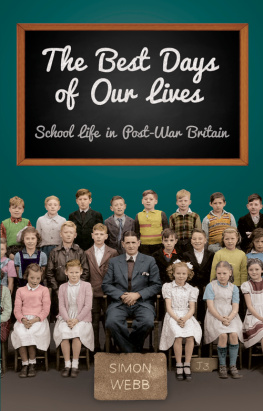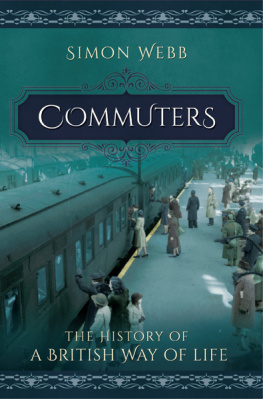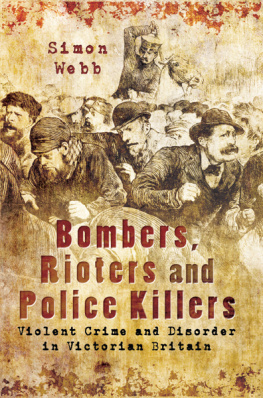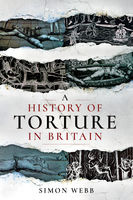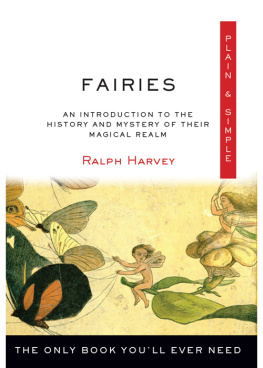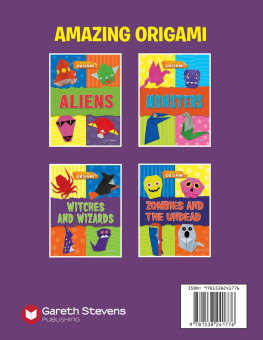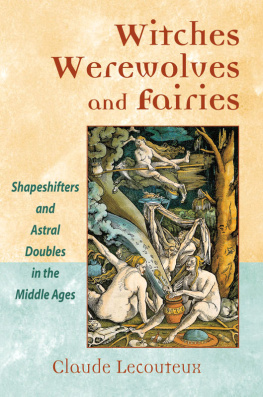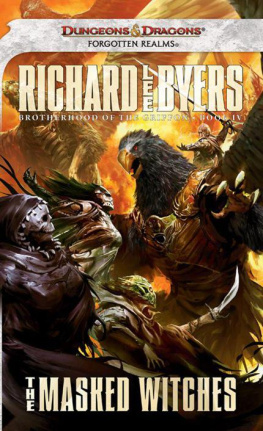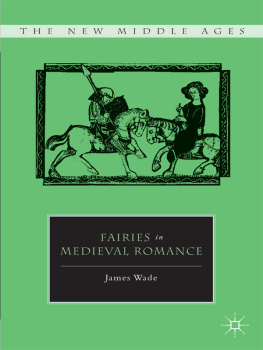First published in Great Britain in 2022 by
Pen & Sword History
An imprint of
Pen & Sword Books Ltd
Yorkshire - Philadelphia
Copyright Simon Webb, 2022
ISBN 978 1 39900 007 9
eISBN 978 1 39900 008 6
The right of Simon Webb to be identified as the Author of this work has been asserted by him in accordance with the Copyright, Designs and Patents Act 1988.
A CIP catalogue record for this book is available from the British Library.
All rights reserved. No part of this book may be reproduced or transmitted in any form or by any means, electronic or mechanical including photocopying, recording or by any information storage and retrieval system, without permission from the Publisher in writing.
Pen & Sword Books Ltd incorporates the Imprints of Pen & Sword Archaeology, Atlas, Aviation, Battleground, Discovery, Family History, History, Maritime, Military, Naval, Politics, Railways, Select, Transport, True Crime, Fiction, Frontline Books, Leo Cooper, Praetorian Press, Seaforth Publishing, Wharncliffe and White Owl.
For a complete list of Pen & Sword titles please contact
PEN & SWORD BOOKS LIMITED
47 Church Street, Barnsley, South Yorkshire, S70 2AS, England
E-mail:
Website: www.pen-and-sword.co.uk
or
PEN AND SWORD BOOKS
1950 Lawrence Rd, Havertown, PA 19083, USA
E-mail:
Website: www.penandswordbooks.com
List of Illustrations
1. A modern version of the wizards hat, with which we are all familiar.
2. A golden hat, dating back 3,000 years, bearing astronomical symbols.
3. The so-called Witch of Subeshi, wearing a hat which was made over 2,000 years ago. (Jeffrey Newbury)
4. Witches as shown in an old woodcut, wearing the immediately recognizable black, pointed hats.
5. The sword Excalibur is hurled into the lake.
6. Horned helmet recovered from the River Thames in London. (Ealdgyth)
7. Rumpelstiltskin, delighted at the prospect of acquiring a human baby.
8. Medieval stone coffin in Londons Southwark Cathedral, with tribute of coins.
9. The Sorcerer of Trois-Frres, a prehistoric shaman.
10. The Lord of the Animals as depicted on the Gundestrup Cauldron.
11. Cernunnos, the Horned God, as shown on a 2,000-year-old carving. (ChrisO)
12. A seventeenth-century Siberian shaman enacts rituals to aid in the hunting of horned animals.
13. Deer skull used as a head-dress in Britain, 10,000 years ago. (BBC)
14. The Dagenham Idol. (Ethan Doyle White)
15. The god Pan, a later avatar of Cernunnos.
16. One of the so-called bog bodies, sacrificial victims from the Iron Age.
17. An ancient god rides upon his cult animal.
18. The Horned God visits a nineteenth-century home to punish sinful children.
19. A human acquires antlers and changes from hunter to quarry.
20. Statue of Queen Victoria and Prince Albert tricked out like medieval monarchs.
Introduction
W izards and witches have been a much-loved staple of English literature for as far back as one cares to look. From Merlin in the old tales of King Arthurs court to the Harry Potter books and all the way through to the Game of Thrones television series, everybody loves wizards. The curious thing is that we all have a very clear idea in our minds of just what wizards and witches ought to look like, just as we also instinctively know something about fairies, goblins and dwarves. We understand too something of the dispositions and natures of these non-existent beings. Witches are a pretty malevolent bunch on the whole. Wizards are usually good, although there are some rogues among them. Fairies are nice, but goblins are mischievous and mean. Dwarves are greedy and grasping. This is, when you think about, very odd. We all have an extensive knowledge about all kinds of people and strange entities whom we have never actually encountered in real life. One or two examples will make this a little clearer.
Both the book of The Lord of the Rings and the three films based upon it were tremendously popular. The narrative contains many heroic characters, ranging from Aragorn to Frodo Baggins, but one person in particular stands out and has always been a favourite with readers and moviegoers. This is of course the wizard Gandalf. Something about the wandering man of magic with his long white beard, pointed hat and staff seemed to strike a chord with almost everybody. Gandalf is the very archetype of a wizard and he is instantly recognizable as such. This is how he was introduced to the world in The Hobbit , a childrens book which Tolkien wrote before The Lord of the Rings ;
All that the unsuspecting Bilbo saw that morning was an old man with a staff. He had a tall pointed blue hat, a long grey cloak, a silver scarf over which his long white beard hung down below his waist, and immense black boots.
How do we know immediately, before reading any further, that a mysterious old man with a white beard, carrying a walking staff, wearing a grey cloak and with a pointed hat on his head is likely to be a wizard? It is because almost anybody born and brought up in Europe has, at the back of his or her mind, various archetypes or templates for certain figures, one of whom is the wandering magician. It is at these strange images, which we all carry as part of our cultural baggage, that we shall be looking in this book.
Before going any further, it should be made plain that these ideas about the appearance and conduct of wizards and elves are not limited to the British Isles, although for geographical reasons they have been preserved with the greatest fidelity in what is sometimes known as the Celtic Fringe, that is to say Cornwall, Wales, Western Scotland and Ireland. They are relics of very old European traditions, which by a happy accident of topography have lingered on in the furthermost edge of Europe until the present day. Indeed, in that European country which is furthest from the mainland, these beliefs have survived almost unaffected by the modern world. A survey in 1998 revealed that over half the population of that country, 54.4 per cent, still believed in elves. Nor is this a vague, whimsical or theoretical belief. When plans were announced for the building of a road through the Alftanes peninsula, near the Icelandic capital of Reykjavik, there were widespread protests. The reason was that local residents thought that elves living in the area would be disturbed and have their lives disrupted by the construction work.
Here is a question similar to that which we asked about the appearance of wizards. If, when we see children going out to trick-or-treat at Halloween, we should happen to spot a little girl dressed from head to toe in black and with a pointy black hat on her head, we know at once that she is supposed to be a witch. How? This is another stereotypical idea about the appearance of wizards and witches, but where did it come from? At first sight, this may seem like a trivial and easily-answered question. We have all of us seen pictures of wizards and witches in books, and also watched them being represented in plays, films and computer games. The pointed hats, grey cloaks for men and black clothes for witches are just part of our cultural backdrop, arent they? This of course only takes the problem back a generation or two. When a film like The Wizard of Oz was made 80 years ago, the idea of what constituted the appearance of a witch was already fixed in the public mind. The people who dressed up actresses as witches for that film must already have had a clear idea in their own minds of what a witch should look like. They in turn gained their images from an earlier source, presumably the same one upon which Tolkien drew in order to describe the wizard Gandalf. Just how far back does this process go? In other words, where and when did these visual representations originate? The answer is surprising, even a little terrifying.




